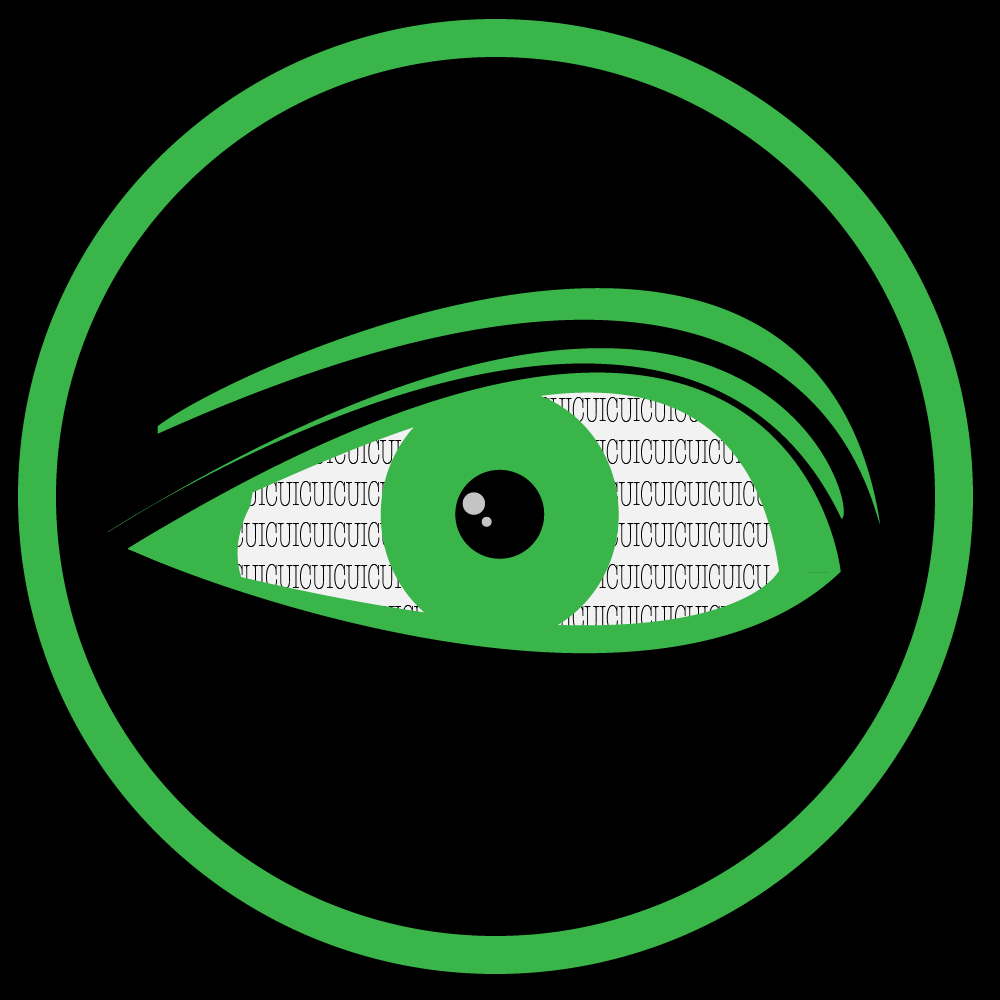Helping a social impact ‘start up’ (small organisation) to tell their story
Small and informal community/interest groups who have formed to solve local problems need data to know if their activities are making a difference and to re-design programs. How can we help these groups tell their story through data so they can seek support (political, financial, and on the ground) by showing how their programs are working, and decide where to focus next?
Go to Challenge | 23 teams have entered this challenge.


